Zagora is a small city in southeastern Morocco, famous for its proximity to the Sahara desert and its historical importance. Its history dates back to ancient times and is closely intertwined with the legendary trade routes that once crossed the Sahara.
Ancient Beginnings
Table of Contents
The region around Zagora is rich in ancient history. The original settlement is believed to have been founded near the Draa River, an essential water source in an otherwise arid landscape. Evidence of prehistoric settlements and rock art indicates that humans have lived in the region for thousands of years.
Medieval Trade Hub
In the medieval period, Zagora became an essential stop for traders moving across the Sahara. Caravans of camels would set out from Zagora laden with goods like salt, gold, and slaves, bound for destinations across West Africa and the Mediterranean. The phrase “Timbuktu, 52 days,” famously written on a sign in Zagora, is a reminder of the grueling journey merchants undertook to reach the famous city of Timbuktu.
The Saadyin Dynasty’s Influence
The Saadyin dynasty, ruling from 1554 to 1659, significantly impacted Zagora. During the reign of Sultan Ahmed El Mansour (1578-1603), Zagora was not only a thriving center of commerce but also served a critical administrative function. Sultan Ahmed El Mansour recognized the strategic location of the city and established it as a customs point. This role was crucial for managing and taxing the goods transported by the camel caravans that traveled the extensive routes to and from Timbuktu for 52 days, making Zagora an important economic hub during the Saadyin period.
French Protectorate
In the early 20th century, Zagora and its surroundings came under the influence of the French Protectorate in Morocco. The French built administrative structures and further integrated the area into the colonial economy. However, Zagora remained a relatively remote outpost.
Post-Independence
After Morocco gained independence in 1956, Zagora slowly transformed. While it was initially neglected in favor of other urban centers, its strategic location near the desert and historical trade routes gradually drew attention. In recent decades, the rise of tourism, particularly the popularity of desert excursions and the allure of nearby sand dunes, has revitalized the local economy.
Today, while the echoes of camel caravans have faded, Zagora’s historical legacy as a trade nexus continues to attract visitors. Its history as both a commercial hub and a strategic point for the collection of trade tariffs paints a picture of a city that was integral to the economic fabric of Morocco during the reign of the Saadyin dynasty. This enriched historical context offers a more nuanced understanding of Zagora’s development and its enduring significance in Moroccan history.
Join countless satisfied travelers who have experienced Morocco with us. We customize every detail to make your Moroccan adventure uniquely yours. Explore the Magic of Morocco with us!






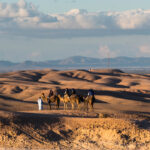


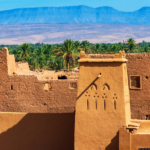









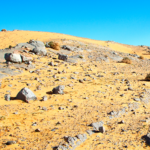










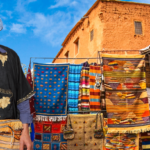











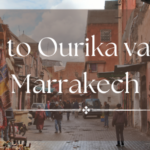





















































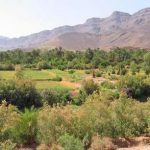


















































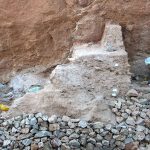




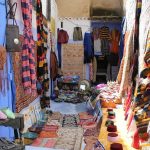






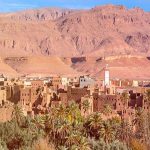














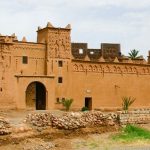





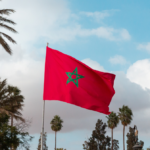

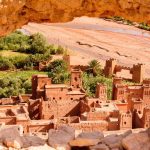

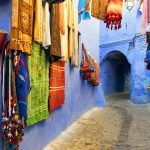

















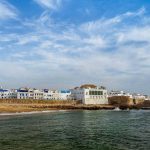





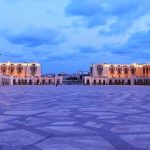







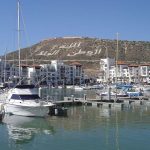





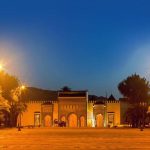














































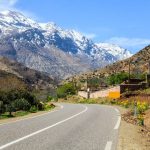










Zagora Morocco
Lawas Verified
Nice post! Thanks for sharing this info!